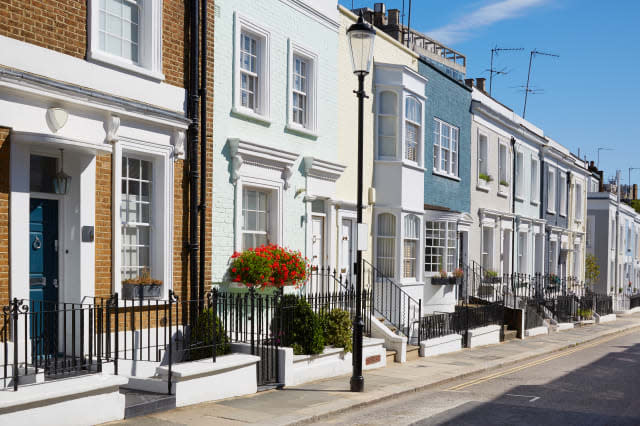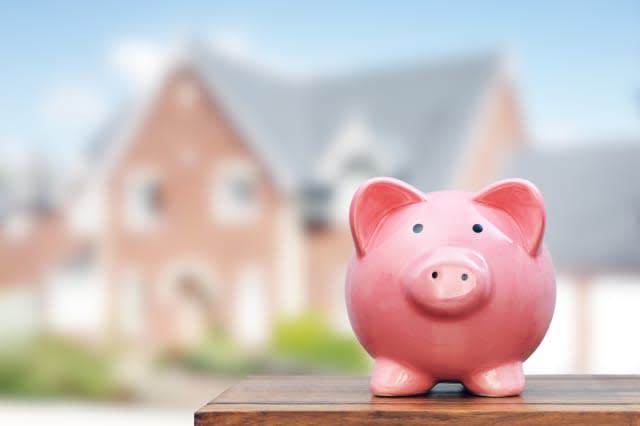Buy-to-let - seven secrets of making money


Buy-to-let is incredibly popular, but it's not always a licence to print money. Runaway house prices, and new tax rules coming in from 6 April, mean that if you want to make money, you need to pick your property carefully. There are seven rules that will help steer you towards a profitable buy-to-let investment.
See also: Why first-time-buyers might need their parent's help
See also: Family homes near the UK's top comprehensives
See also: First rent drop in six years driven by London declines, report shows
1. Start with the yield
This compares the cost of the house with the income you get from renting it out. In areas with very high house prices, you may struggle to get much of a return. So, for example, BM Solutions recently found that Greater London offers average returns of 4.4%. This compares to the North West, where rental yields are 6.4%.
Of course, if you opt for an area that's too cheap, there may be little rental demand, or rental prices may be at rock bottom too - so you still end up with a disappointing yield. It means it's always essential to crunch the numbers.
2. Look at your costs
There will be an awful lot of costs, from any letting fee and management fee to ongoing maintenance, and - if you have a mortgage - the interest. You need to factor in all these costs when you are weighing up whether this investment will work for you.
3. Consider the age of the property
Never buy with your heart - rental property is all about your head. You ideally want a property where maintenance will be minimal, cheap and straightforward. This may mean you are best off with a relatively modern property. However, Gavriel Merkado, Founder & CEO at REalyse (which crunches the number of the rental and selling markets for estate agents) points out that if you're opting for a modern property, the best rental incomes are available from new builds - which rent for a 7% premium. Other than that, modern properties tend to fetch lower rents.
If you have the skills to maintain a period property at a cost effective rate, then you may get a better rent. Merkado's research shows that Georgian properties sell at a 15% premium to the market and rent at a 16% premium. It's worth, however, being careful before buying an Edwardian house, because they tend to sell for higher prices, automatically making it harder to make money from them.
4. Consider the storeys
If you are buying a flat, then think carefully about which floor you buy on. According to Merkado's research, the higher up in a building the flat is, the more expensive it is - and therefore the lower the potential yield - until you reach the 10th floor at which point the purchase price decreases until you get to the penthouse.
The rental market follows a similar pattern - but with a few anomalies - including the fact that the fifth floor attracts a higher rent than you might expect. It also continues to follow the pattern to the 13th floor. It means you can buy for less on the 11th and 12th floors - and attract a higher rental income.
5. Don't get carried away with bathrooms
More bathrooms will make a property more expensive to buy, but won't necessary command a higher rent. Merkado calculates that the added cost of every bathroom is £81,000 - so by opting for a four-bed property with two bathrooms instead of three or four, you could make a substantial saving without worrying potential tenants about bathroom queues in the morning.
6. Embrace shared ownership
A property with shared ownership and shared gardens will bring down the value of a property to buyers - because they want their own space. However, tenants don't really mind, and are happy if they don't have to do the gardening, so you may be better off saving the money, as it won't damage the rental potential.
7. Consider furnishing the property
Unfurnished rental property is an average of £300 a month cheaper, and according to Merkado, there are fewer of them on the market too - which should make furnished property easier to rent out.
Of course, you will need to make sure the furniture reaches safety standards, and you will need to factor in the cost of replacing it regularly, but if you are prepared to spend some cash, then you can vastly improve the returns you get on the property.
Of course, every property is different, and there are no guarantees. You could get the ideal property for the ideal price, and struggle to find a tenant - or find one who fails to pay the rent. You could find lovely tenants, and then the market moves against you and the rental income drops.
These seven rules should help you pick a profitable property, but with buy-to-let there are never any guarantees, so anyone considering investing should be prepared to take professional advice.




